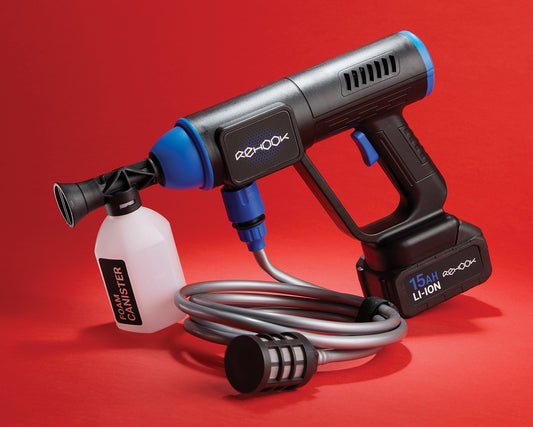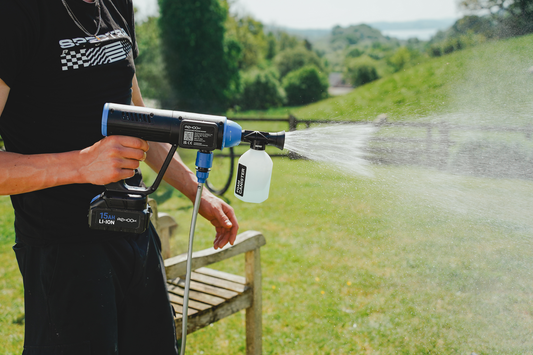Road
Woods
Distance
Time Trial
BMX
Track
Mountain & Enduro

Cycling itself is a relatively basic activity; pedal your legs in a circular motion and you find yourself moving forward. But cycling on different terrain gives you new experiences that bring with it certain benefits and enjoyments that can’t be found when cycling on just a standard road. If you like your cycling, it’s well worth finding new routes to take or exploring unknown areas that you don’t typically travel on, or styles that you’ve never tried before and you’ll soon find yourself becoming a better, fitter cyclist because of your adaptability to certain terrain.
Road
Most cyclists will ride on the road because they’re legal, well sign-posted and usually a familiar and direct route to your desired location. Road cycling can be daunting or even scary for beginner cyclists due to different levels of traffic, motor vehicle users coming from various directions or the general idea of riding alongside a car or lorry. However, if you’re finding yourself having these types of concerns the best thing to do is throw yourself into the deep end and learn on the job.
I guarantee most cyclists when they first started out made mistakes or have had bad early experiences on roads, but the more you travel, the more you learn the rules and layouts of all different roads for cyclists such as cycle lanes, safety with traffic and understanding how much of a berth you need. Road cycling can be the quickest and most efficient way of travelling so there’s no excuse not to give it a go!

Woods
If you live in a rural area, the chances are you’re more than likely to have some sort of woodland area nearby which is why you need to take advantage of the great outdoors! They’re perfect for nature spotting, relaxing walks and, oh yeah, cycling! Not only are you connected with nature but you’re also disconnected from urban environments and the stress that comes with a bustling working life, and these environments work as an excellent stress detox.
Cycling in woodland areas also allows you to exercise at whatever pace you want without being pressured by the rules of the road. If you’re wanting to leisurely cycle while observing different forms of nature, then you have all the freedom you need in the woods. Or on the contrary, if you’re looking to test yourself with a more brisk and intense workout then the woods let you crack on without any traffic lights, road users or intrusive noises. Woodland areas are there for you to use the way you want without the stress or distractions that come with other terrain.

Distance
Distance cycling can be a very productive way of cycling - and I’m not just talking about how far you go. Cycling for long distances can be a great way to build up stamina, experience and strength, making it an experience everyone needs to try at some point in their cycling lives. If you typically travel 15 miles, try an extra mile or two each day and you’ll find yourself smashing your targets and improving your performances in no time.
Even if distance cycling isn’t for you, giving it a go for even just a month and slowly increasing your distance every day will do wonders for your fitness and experience on your bike. If you enjoy it then it’s another type of cycling for those days when you want a more intense workout, but if you don’t then you can go back to doing whatever form of cycling you enjoy with the understanding of what your maximum distance is.

Time Trial
A lot of cyclists will time their journeys to set targets and plan their days, but to those that don’t - there’s no reason not to! Timing your travels might seem a bit serious and non-spontaneous, but there are benefits that you might not be getting out of your standard journeys that you do when timing. Calculating how fast you travel certain distances and keeping note of these times can allow you to turn these into targets and create a better understanding of how your cycling fits into your day. If you’re aware that you usually travel 15 miles in an hour, then you can schedule your workout to fit around the rest of your day.
The accessibility of timing your cycling is better than ever before too, with smartphones, smart watches, specialist fitness bands - the choices are endless. I’ve personally found that the Fitness app on Apple Watch is a great way of tracking statistics like distance, time and calories burnt, making it easier than ever to keep on top of your cycling.

BMX
BMX cycling might get a bit of a bad rap due to its popularity in young people, but it’s certainly a fun and different type of cycling to try. The experience BMX cycling brings can pay dividends to different situations in everyday cycling too with BMX cycling lending itself to short and intense bursts of energy through quick steering and control. These types of techniques can help with road and woodland cycling too with obstacles like cars, tree trunks and uneven ground creating unique circumstances that require focus and quick reactions.
BMX cycling also works as a great entry level to the world of cycling, especially for younger riders. The culture itself creates a fun and cool way to get into cycling thanks to its competition and social environment that sees friends attempting new tricks, techniques or races. Not to mention that BMX bikes are relatively cheap, and that skate parks are an excellent way to make new friends and experiences - it’s a fantastic way to get into cycling!

Track
For all you experienced cyclists, track cycling is as serious as it gets. Track cycling pairs power and stamina together to intrigue the truly dedicated cyclists into pushing their skills as far as they can go on a specialist track. Found more commonly in urban settings, indoor cycle tracks are definitely the place to go if you want to see just how fast you can go, or if you’re looking to race other cyclists looking for the same thrill!
Although before getting involved in races and cycling with others in a competitive manner, it is important that you build up experience in this field of cycling. Try getting in some laps first to get used to cycling at a fast speed for prolonged periods of time so you’re ready to get involved with other track enthusiasts! Not to mention the fitness levels you’ll be reaching will be like nothing you’ve ever achieved before!

Mountain & Enduro
Similarly to woodland cycling, mountain and enduro cycling throws you right into the elements and alongside nature. The difference between the two is that mountain and enduro cycling is typically on even more uneven terrain, with steep inclines and drops that makes for an adrenaline fueled thrill! Mountain cycling is a tough task though and one that shouldn’t be taken lightly without prep. Make sure you bring along plenty of snacks and liquids though as constantly cycling up and down on rough terrain is sure going to take it out of you and you don’t want to find yourself halfway up a hill with no energy to get yourself back down!
Like BMX and track cycling, enduro cycling is a great way to meet other cycling enthusiasts and friends through events and meet-ups. The social aspect of cycling is often ignored as cyclists typically find themselves focused on their own workout with earphones or road journeys that don’t allow for meeting new people or cycling with friends.

Cycling can take many forms, and it’s worth trying different types to see what one you enjoy the most. Even if you don’t enjoy particular types, the experiences and skills picked up from giving them a go will benefit your general cycling experience, so there’s no reason to not swap the road for a woodland, or a mountain bike to a BMX bike.











